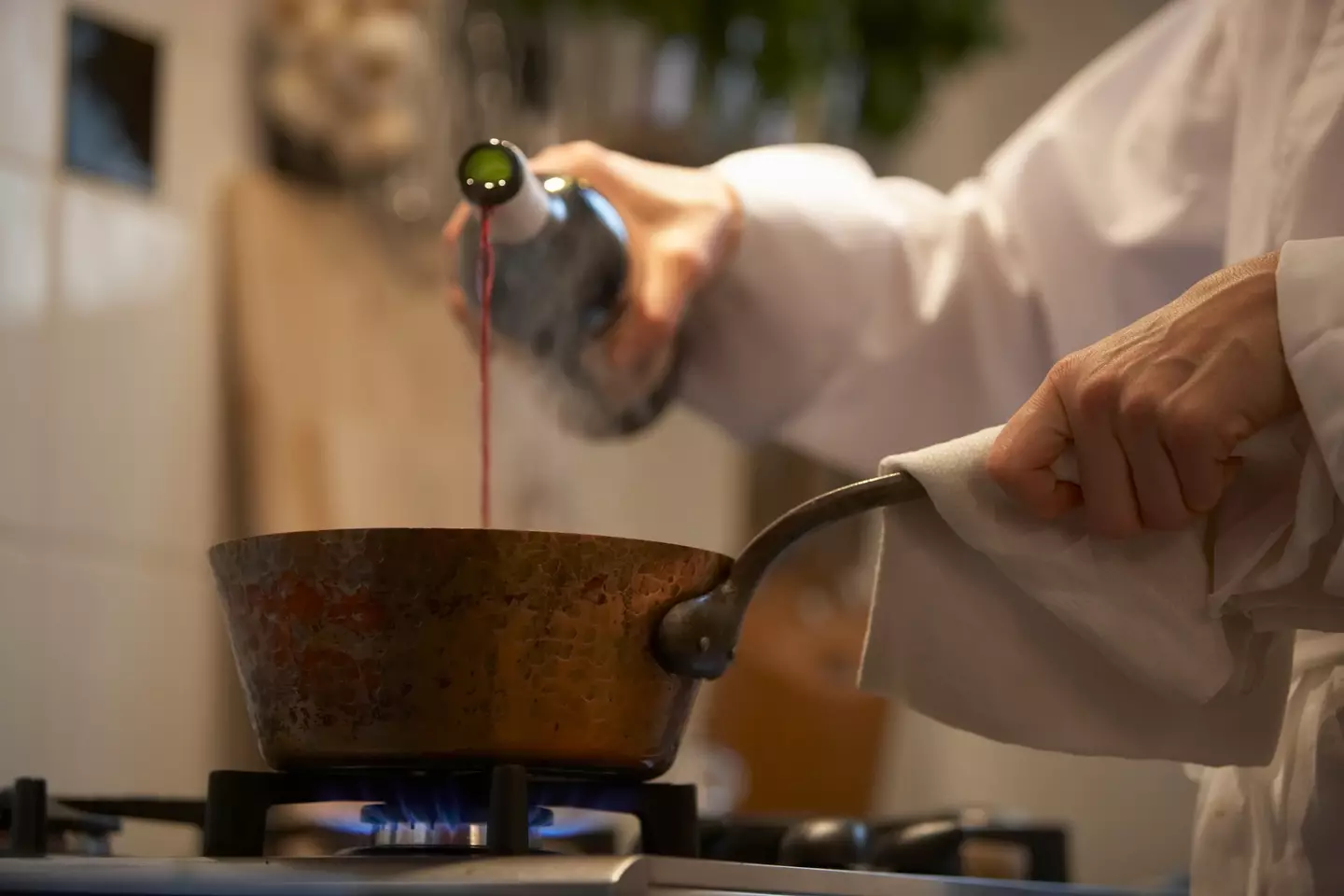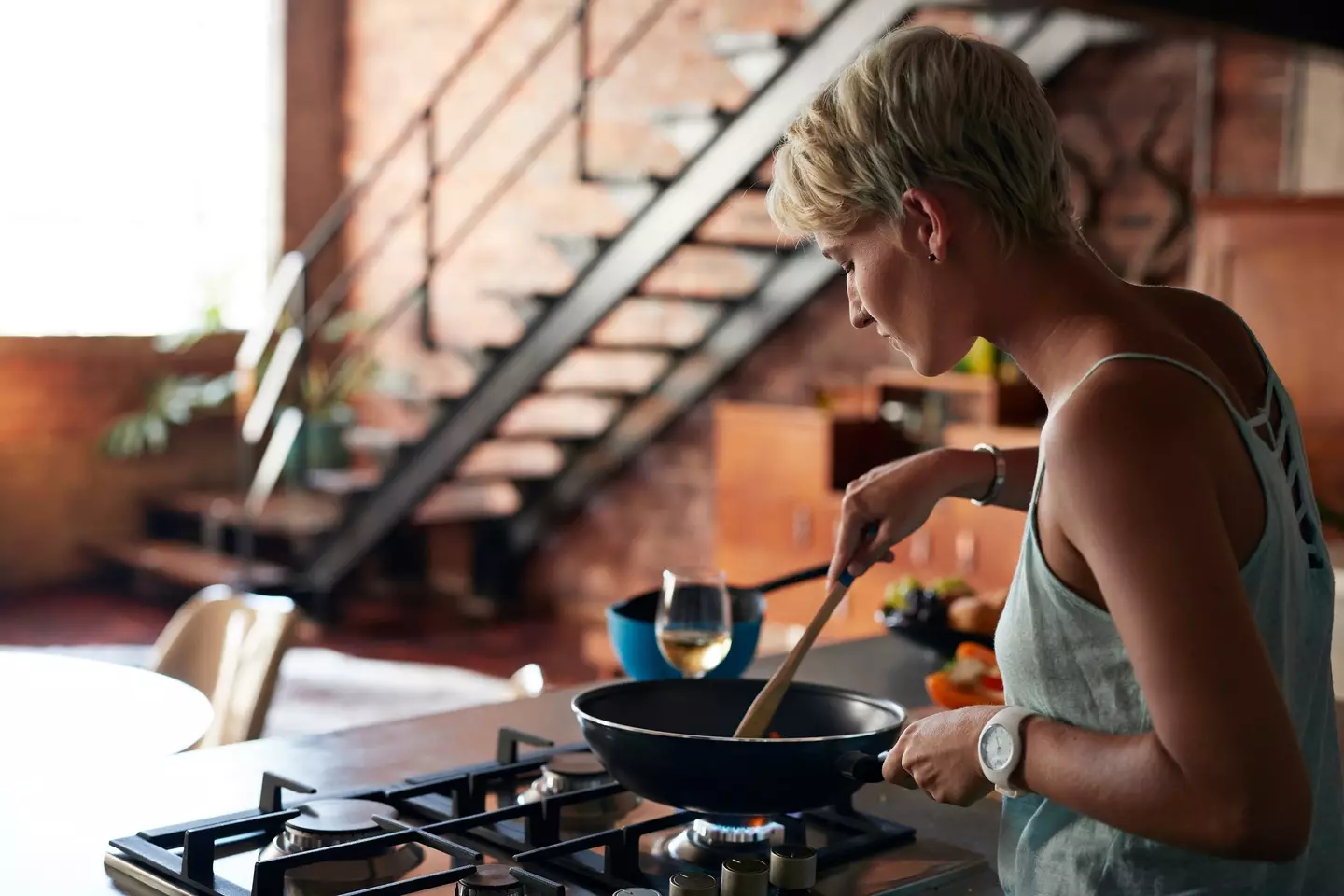
We’ve all been there; your eyes were bigger than you liver, and you and your pals didn’t need to open that second (or third) bottle of wine.
Or perhaps you cracked open a sauvignon blanc that tastes like paint stripper, and you’ve got a strong inclination to pour it down the sink.
But wait! Don’t pour the plonk away just yet. You can still get some use out of it, and it might just elevate your next dinner.
Brian Street, Executive Chef at Cakebread Cellars, recently explained to The Takeout that you’re unwanted wine could be the secret ingredient that unlocks new heights in the kitchen.
Advert
"Cooking with wine is a great way to bring brightness and acidity to a dish," he explained.

"And honestly, it's one of the best uses for a bottle you didn't quite finish. If the wine still has some life to it, it can do wonders in the kitchen."
When wine is opened and makes contact with the air, it begins to oxidise and become more vinegary whilst losing its more palatable flavours and aromas. If you’ve had an opened bottle of white in the fridge for a couple of days, the oxygen has probably killed off any pleasure in drinking it.
Advert
"If the bottle you're using is a bit on the older side, I'd lean toward using it in a braise," Streeter suggested. "They are a little more forgiving — something that's going to simmer for a few hours can handle a wine that's a bit past its prime better than a quick pan sauce, which really requires that signature freshness for a lift."
If you’re unfamiliar with braising, don’t be intimidated.
"With braising, the first step is typically searing your protein and getting that nice brown glaze on the bottom of the pan," Streeter explained.
"That's called 'the fond'. It's where a lot of flavour depth comes from and it's the secret to making your dish taste more cohesive.
Advert
“Incorporating the fond into your dish happens through a method called deglazing, which is adding a liquid to your pan while it's still hot and scraping the bottom."
Deglazing looks like a miracle when it works: all that seemingly burned-on gunge at the bottom of your pan suddenly liquifies to add new flavours to your dish and save you a clean-up headache.
Old wine is ideal for deglazing a plan, and adds its own subtle flavourings too.
"It adds complexity and brightness, and keeps things from being too flat," said Streeter.
Advert
Once you’re nearing the end of the cook, give the braising liquid a taste so you can make any final adjustments.
If it’s missing a little acidity, Streeter recommended: "Lemon juice works great or a splash of vinegar will do the trick if you go easy with it. Even ingredients like capers or olives can help lighten things up and add a little salinity."

To check if your wine is cooking-friendly, a sniff and taste test will do the trick.
Advert
"If the wine doesn't smell fresh or the fruit flavours seem flat, dried out, or kind of raisin-y or prune-y, it's probably past its prime," said Streeter.
“As long as it still tastes good, go for it. But I wouldn't recommend using a wine that's been sitting out for several days in a pan sauce. Once it starts to lose its fruit and go dull, it doesn't bring the freshness a pan sauce needs."
